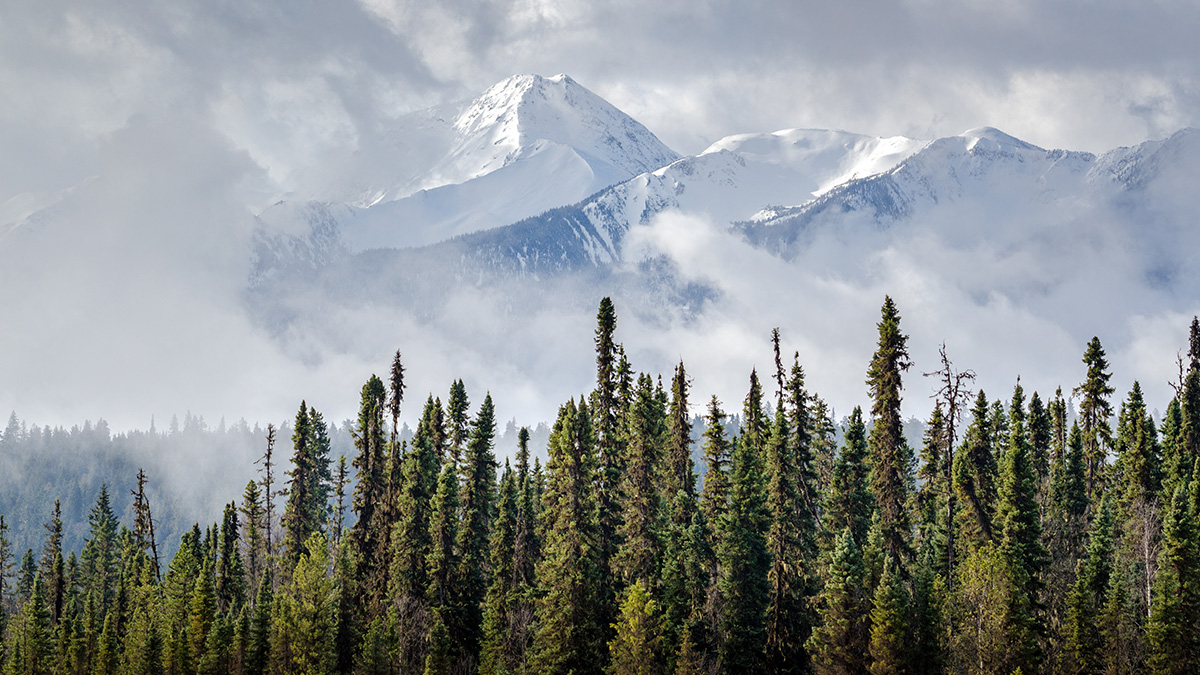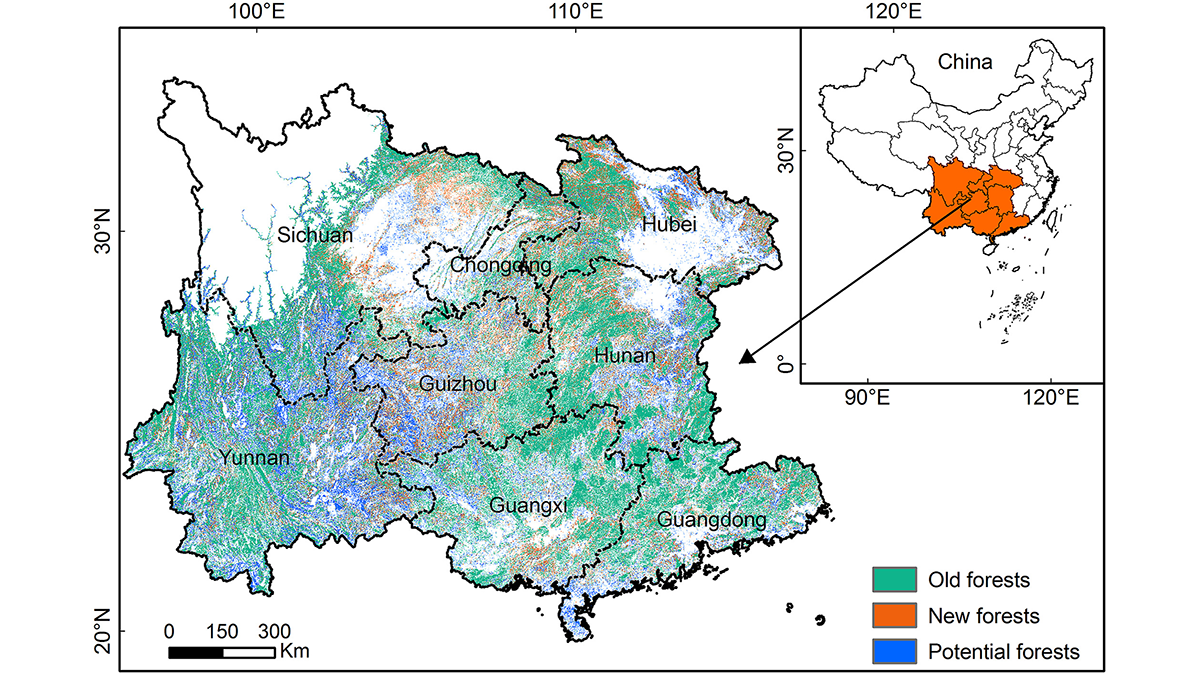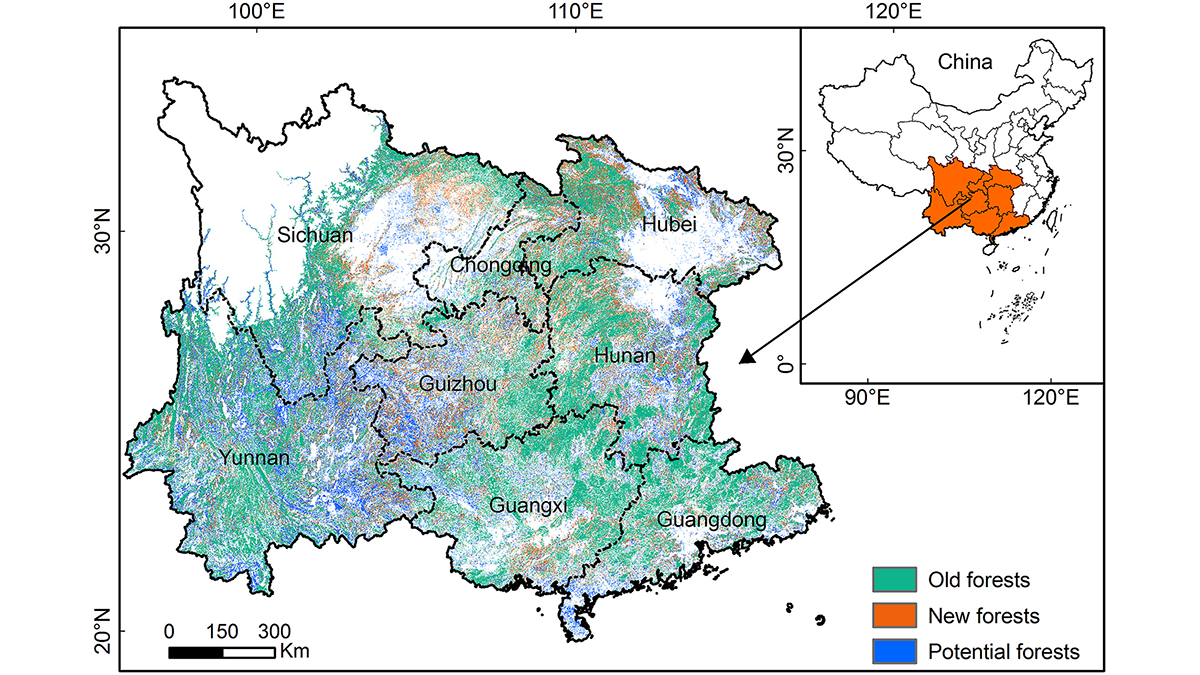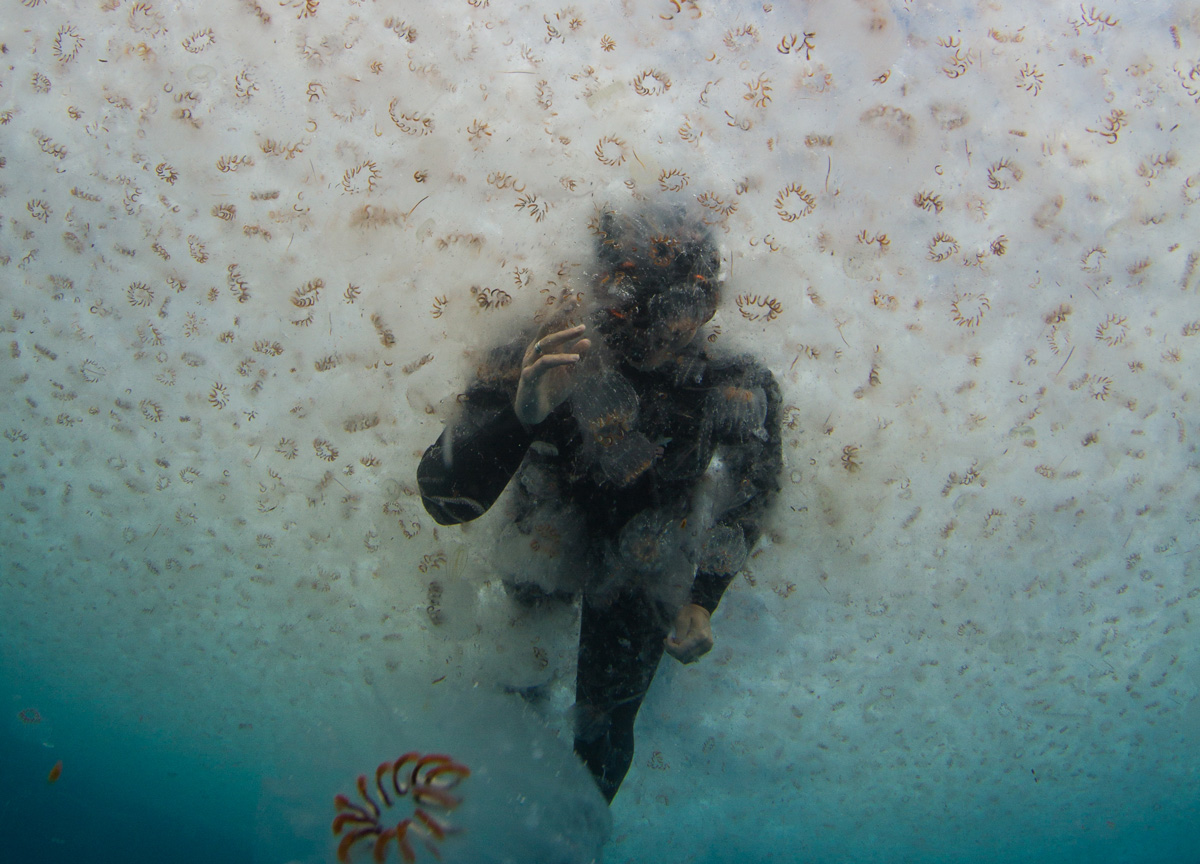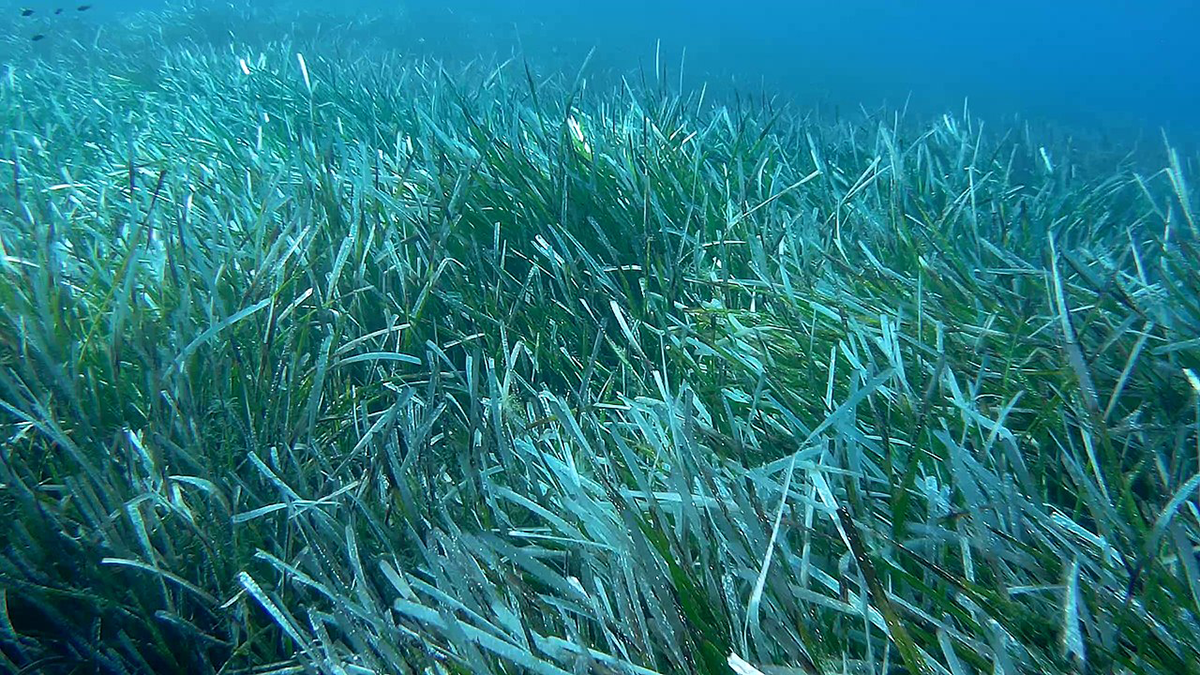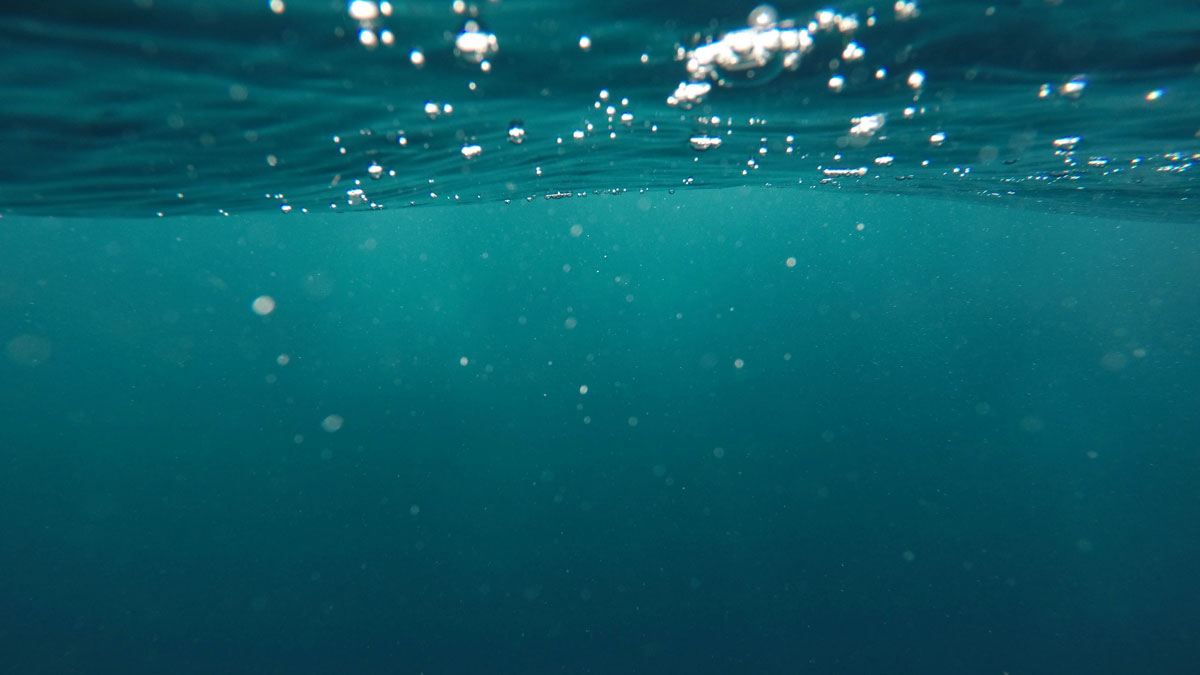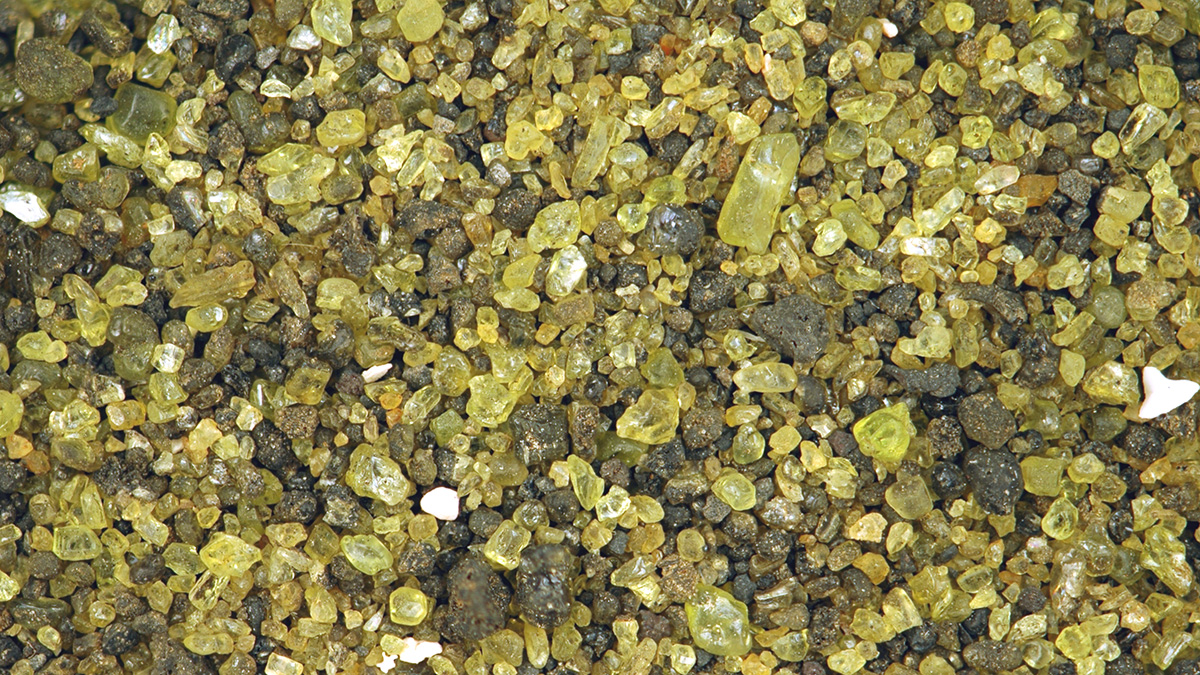Cold surface water in the Southern Ocean is a critical component in ocean carbon uptake. A new study profiles it using state-of-the-art research techniques.
carbon capture & sequestration
Boreal Trees May Grow Faster Due to Climate Change
Enhanced tree growth could significantly offset carbon emissions, but some researchers say it’s not enough to compete with forest disturbances.
喷气推进的被囊动物在海洋碳循环中的作用
新研究表明,广泛分布的胶质浮游动物的大量繁殖,连同它们的粪便、每日的垂直迁移和它们的尸体一起,增加了海洋的碳输出。
Mapping Rwanda’s Trees from Above
Researchers used both aerial and satellite imagery, as well as machine learning, to map the carbon stock of every overstory tree in Rwanda—the first such inventory in the world.
Quantifying the Potential of Forestation for Carbon Storage
Forestation projects in southern China over the past few decades have sequestered large amounts of carbon in tree biomass, but the region is approaching saturation of forest carbon storage capacity.
Jet-Propelled Tunicates Pump Carbon Through the Oceans
New research reveals that blooms of the widespread gelatinous zooplankton—along with their feces, daily vertical migrations, and carcasses—increase marine carbon export.
Warming and Agitation Intensify Seagrass Meadow Carbon Fluxes
Carbon dioxide emissions surge in sediments when temperature and agitation increase, both of which are likely to continue rising in degraded Mediterranean seagrass meadows.
Device Made for the Moon May Aid in Carbon Sequestration on Earth
A pocket-sized device intended for use on the Moon could soon play a key role in Japan’s ambitious plans to sequester carbon dioxide.
Can These Rocks Help Rein in Climate Change?
Spreading olivine on beaches could accelerate ocean uptake of carbon dioxide and potentially limit climate change. The concept and execution still face some scrutiny from scientists.


